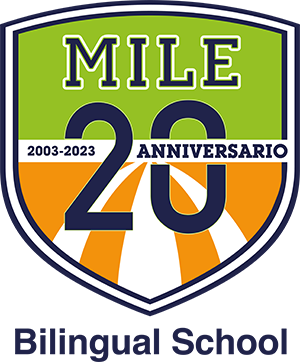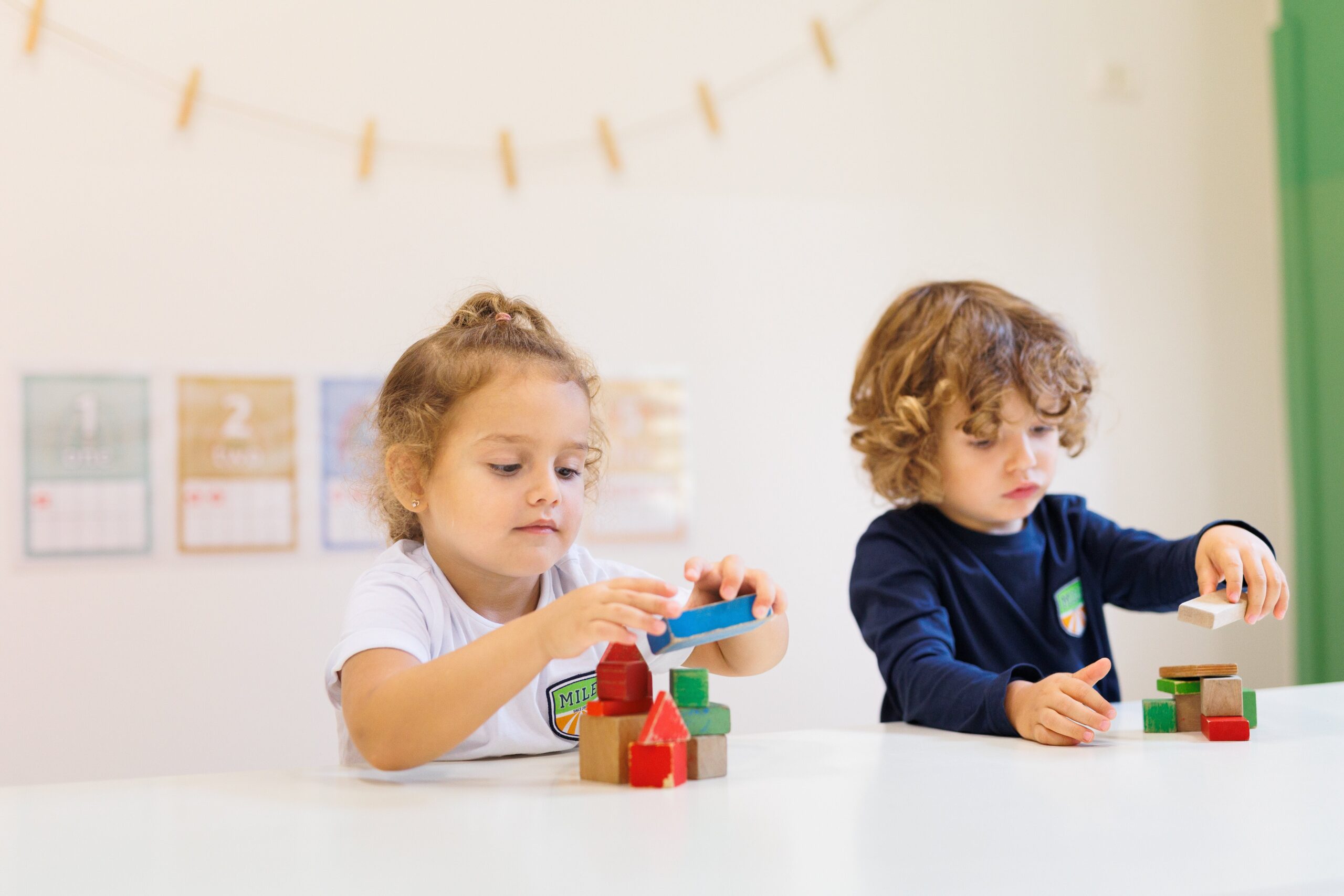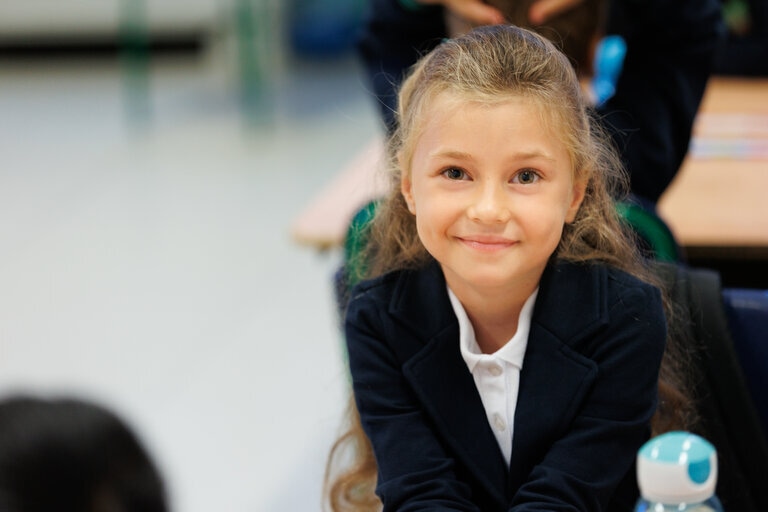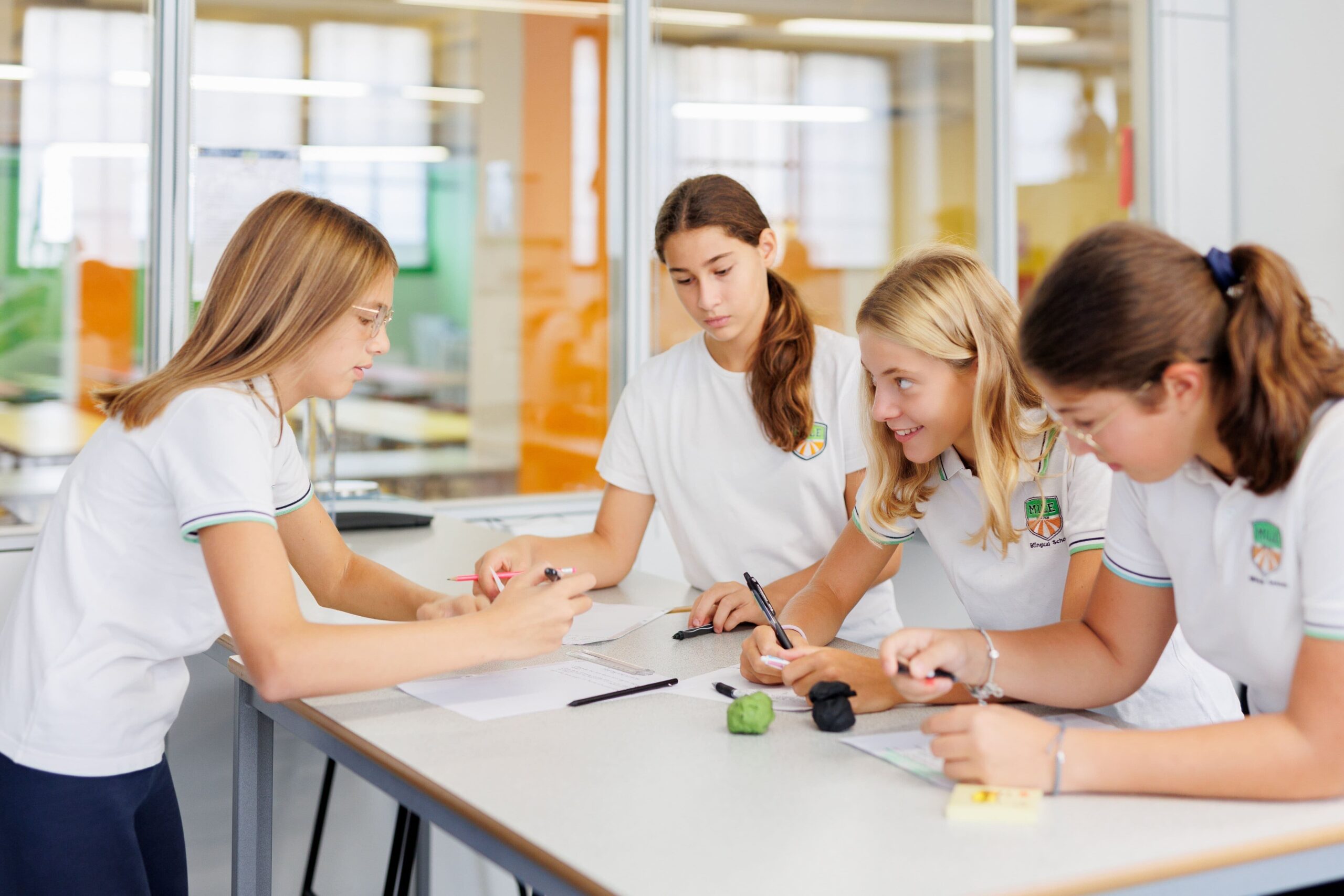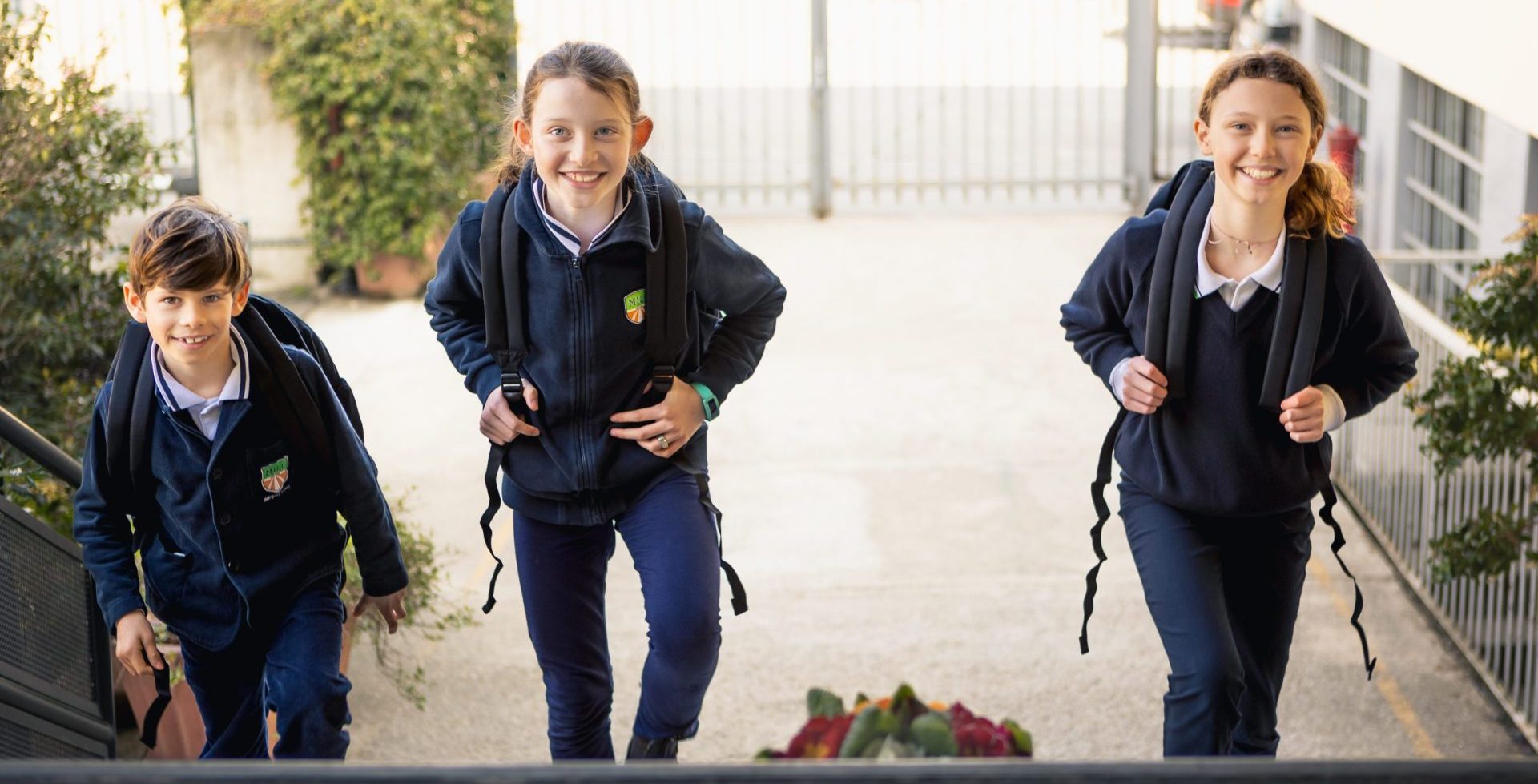Passion for education
Founded in 2003, MILE is a bilingual school, offering the Italian and the Cambridge curriculums.
We welcome children from 12 months old in our nursery to age 14 in Lower Secondary. We are a paritaria school, officially recognised by the Italian Ministry of Education (MIUR), both for Primary and Lower Secondary. All subjects are taught in both languages in order to provide a solid academic platform that allows our students to access the best Italian and international high schools.
Latest news
- MILE is celebrating 20 years!
- At the Ministry of Infrastructure and Mobility to present a road education project
- SAFE2WEB Hewlett Packard Entrerprise
- Weekend of Sport; Stramilano and Golf
Latest news
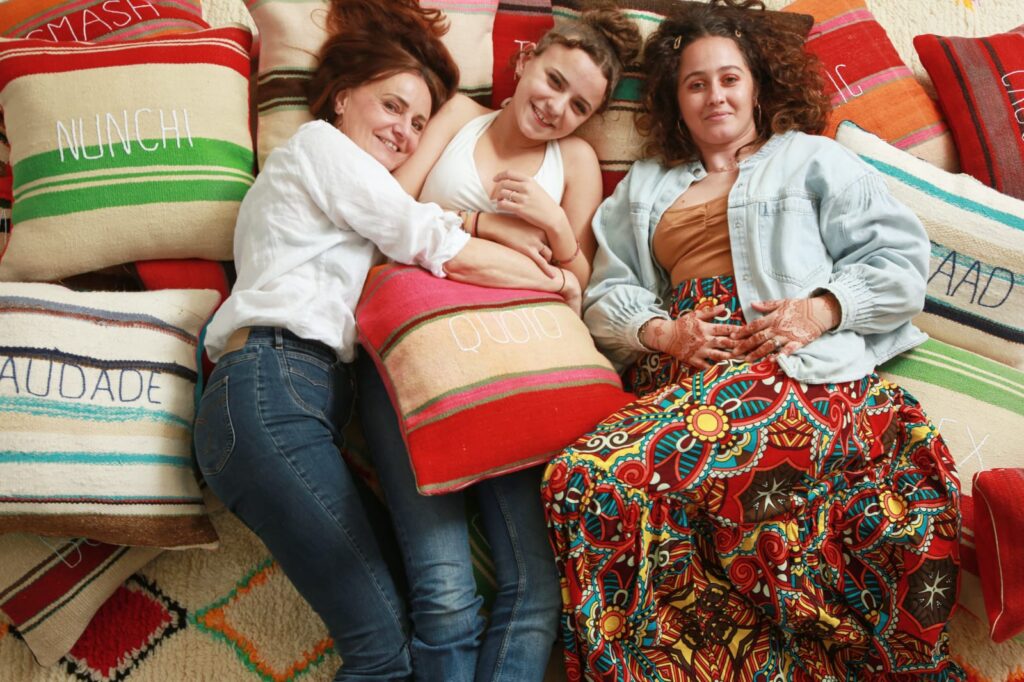
Design Open House
Our recent Design Event hosted during the prestigious Milan Design Week was a celebration of creativity, collaboration, and innovation. Pare...
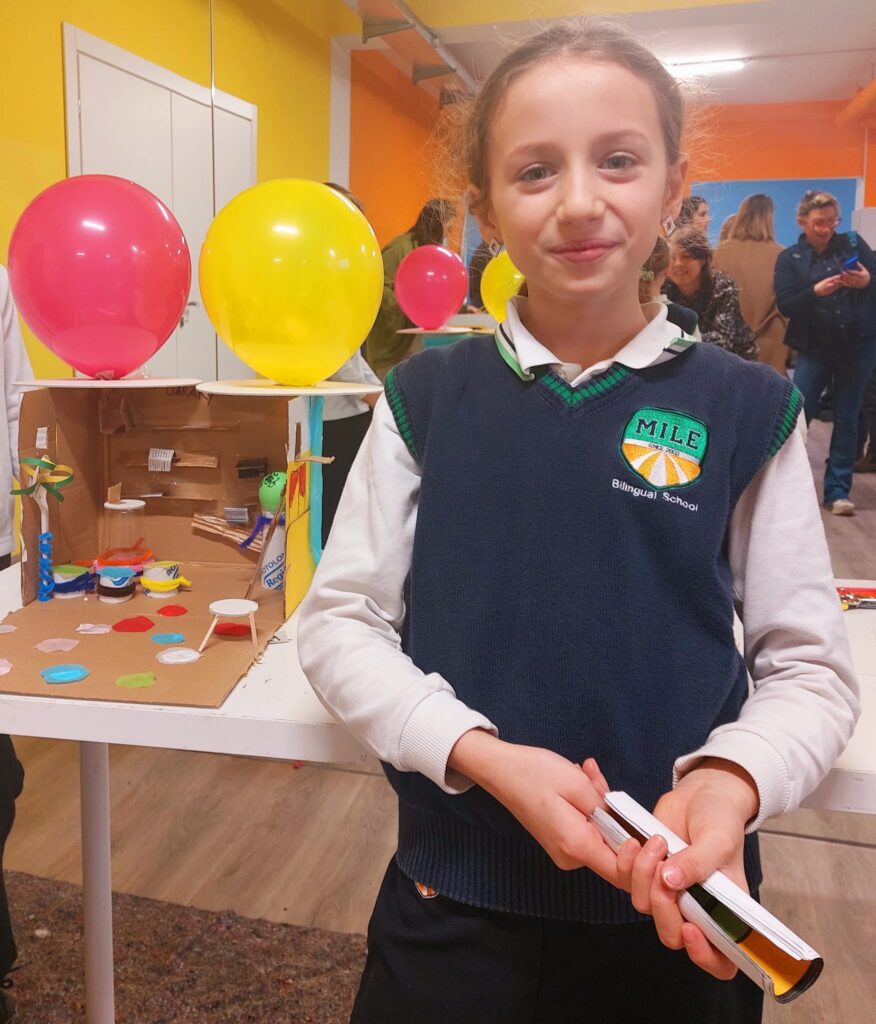
STEAM Week
STEAM Week, the week dedicated to Science, Technology, Engineering, Art and Mathematics, returns again this year. Our primary goal is to...
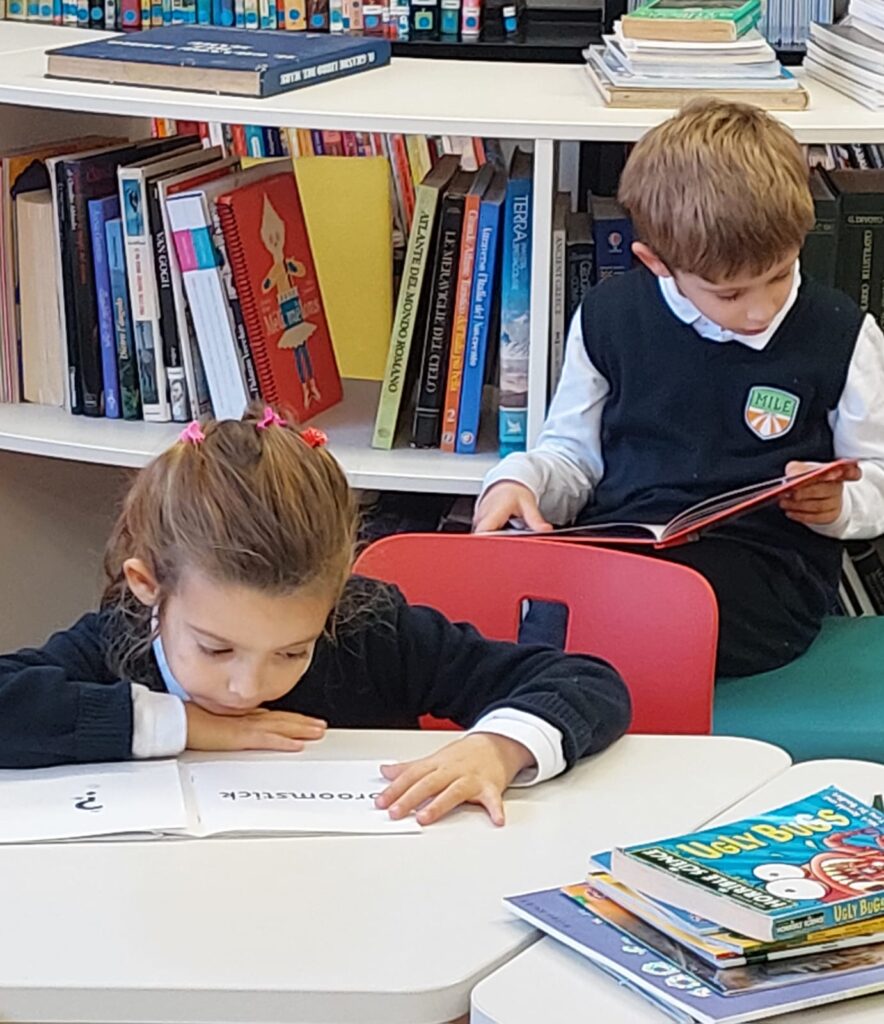
Literacy Week
Our recent Book Fair week was full of literary adventures, engaging activities and the chance to discover new worlds through the magic of bo...
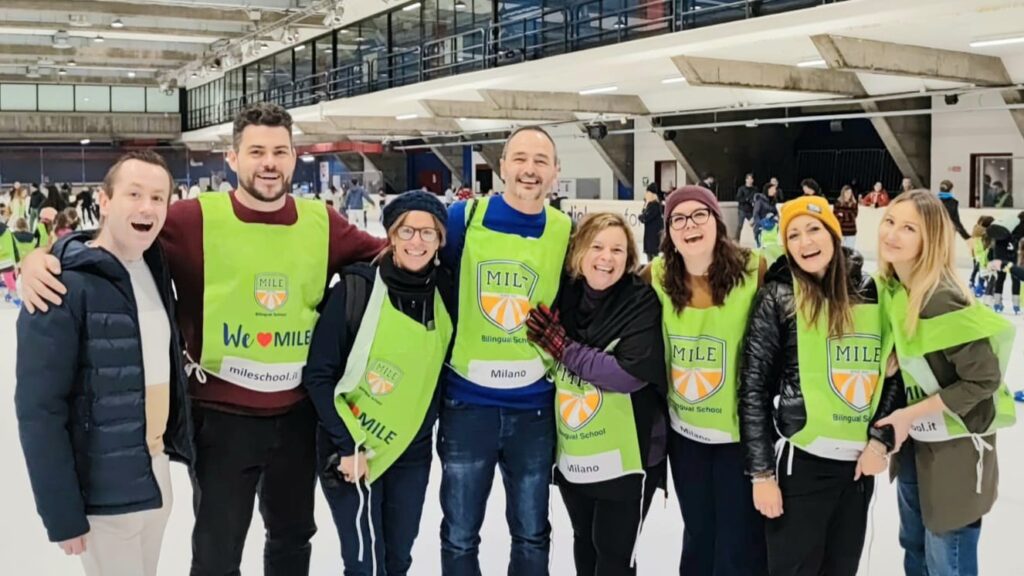
MILE ON ICE – brakes into winter!
If there is one thing our school community has in common, it’s a passion for sport and fun! MILE ON ICE, 6th edition got underway at t...
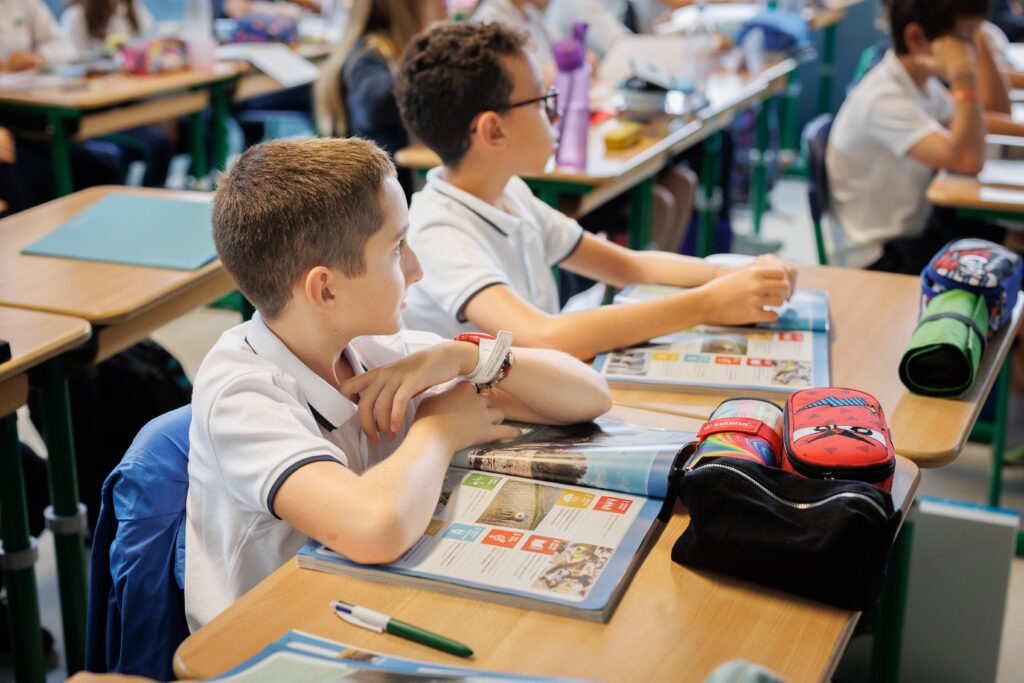
SEM (Schoolwide Enrichment Model)
The potential of gifted children must be recognised and adequately supported. As a result of our training in Spring 2023, we’ve made t...
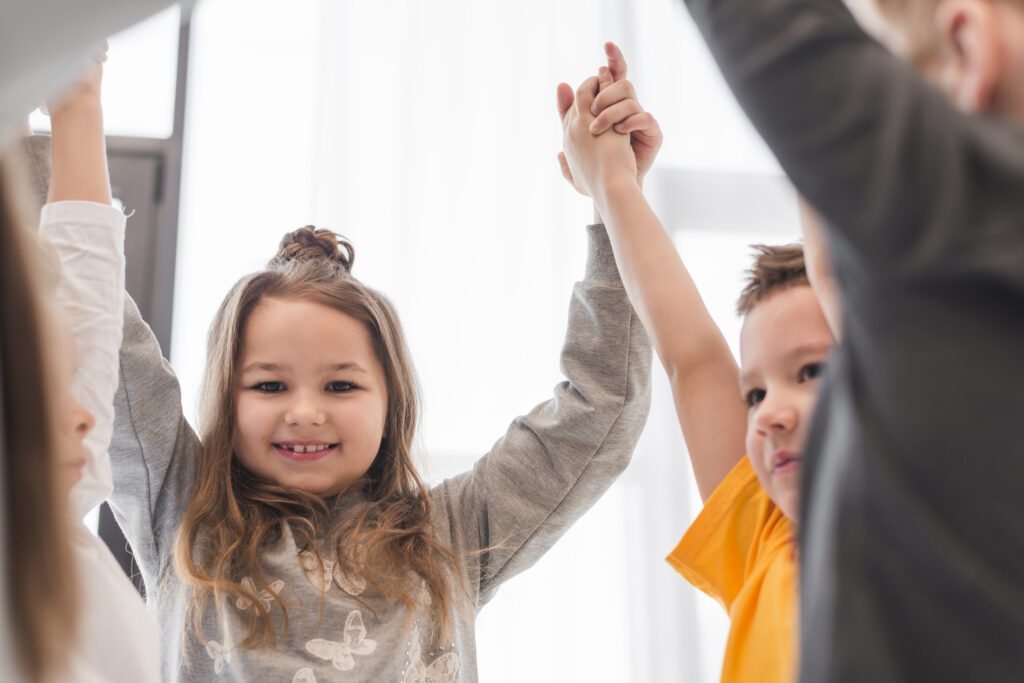
After School English Club for external students
MILE inaugurates a new English Drama Club open to students aged 4-9, currently not enrolled in MILE School. Mr Jack, Primary School Head...
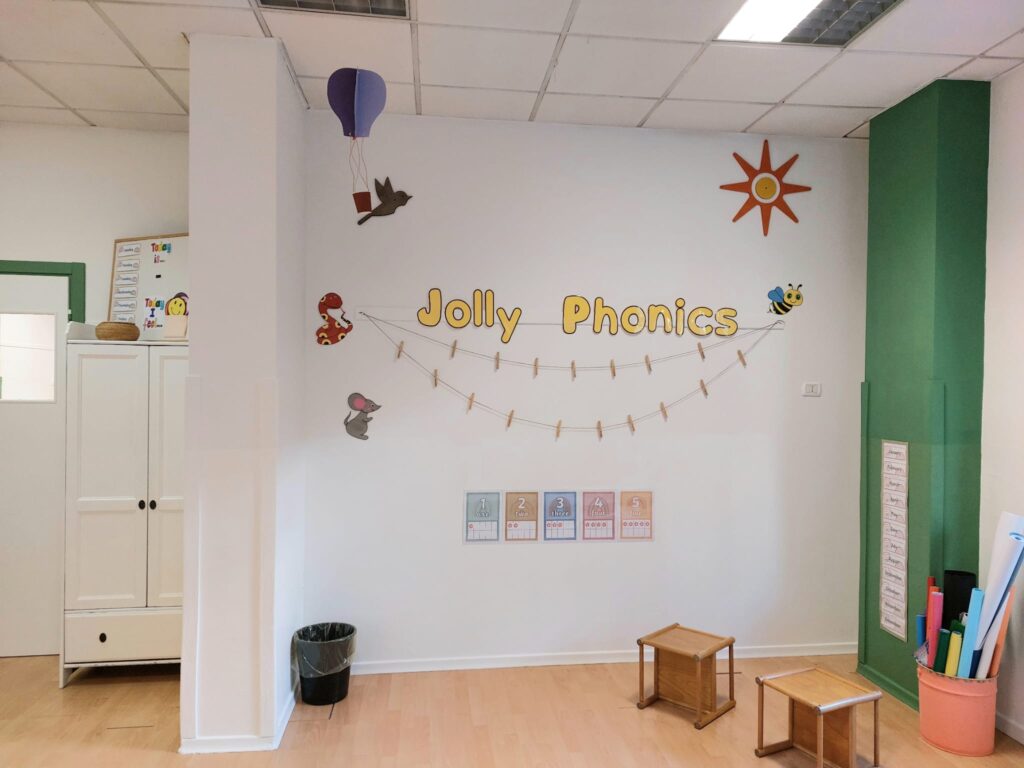
Restyling Nursery
During the holidays, we prepared for the return to school with a complete restyling of our Early Years facilities, freshly painted and decor...
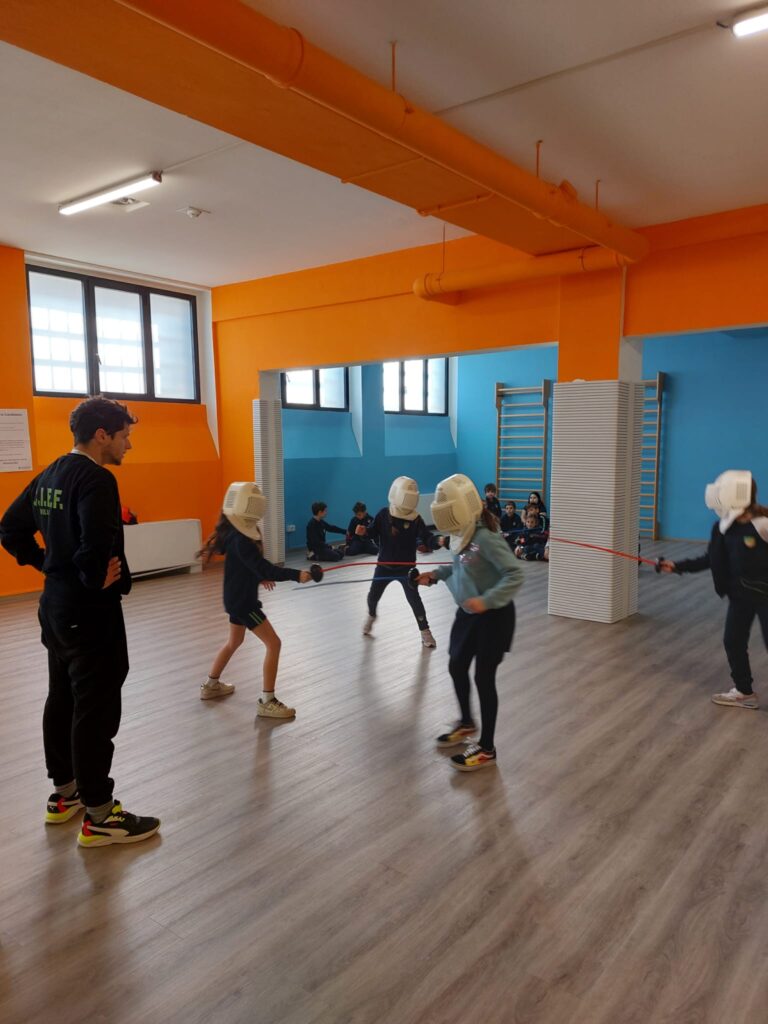
New Gymnasium
We are proud to announce the unveiling of a new state-of-the-art gymnasium in our Primary and Middle school. This beautiful brand-new space...
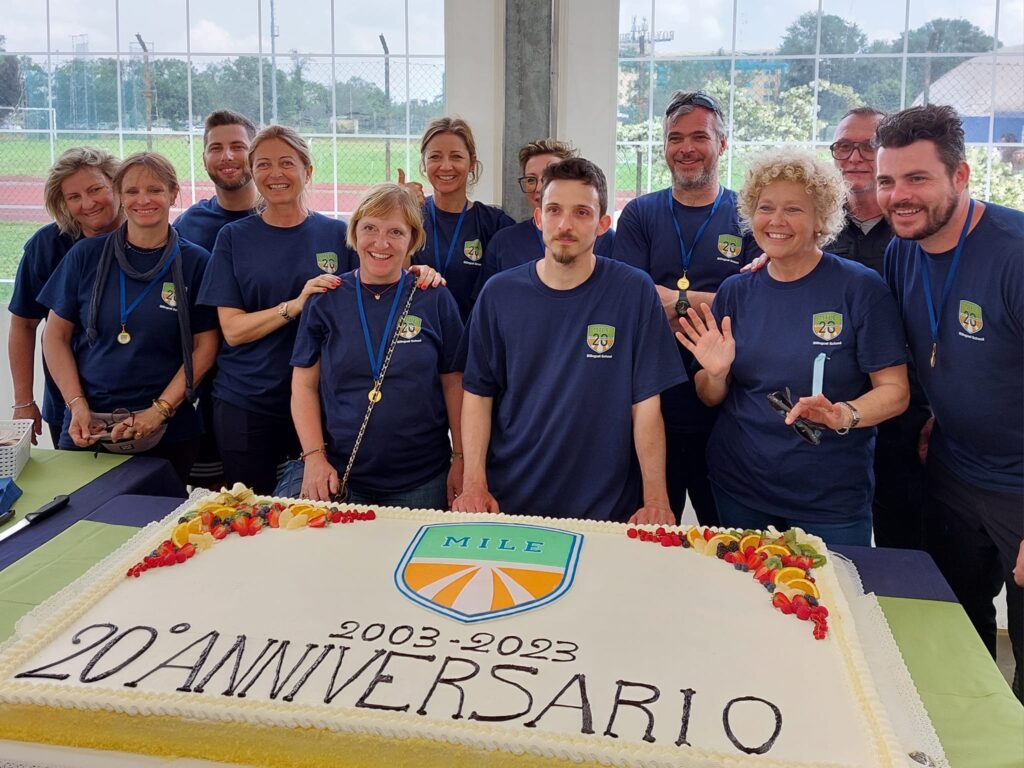
MILE celebrates 20 years!
MILE School is celebrating 20 years since it was founded in 2003. We will mark the anniversary with a number of special events and be sharin...
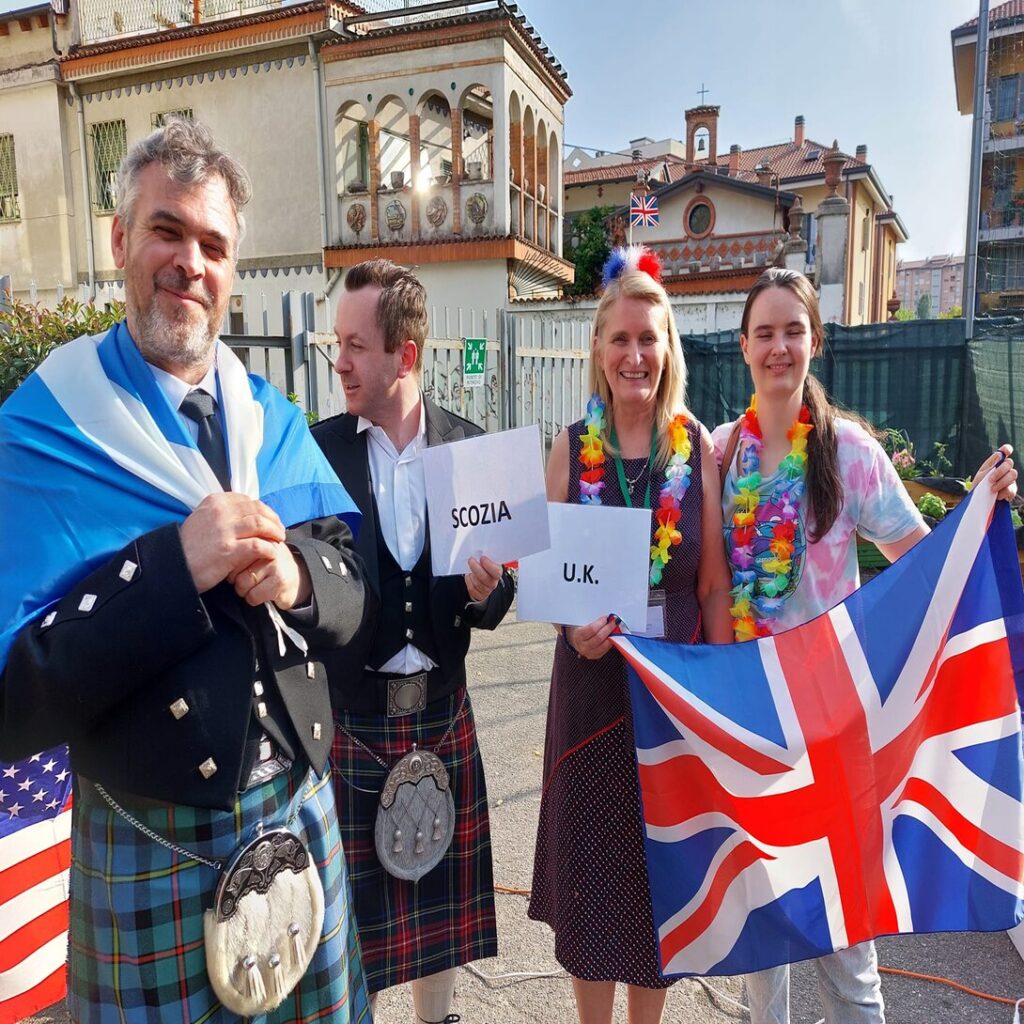
Multicultural Night
MILE School: One school, many cultures, one world! We dedicate this annual event to all the nationalities in our school (now over 30), with...
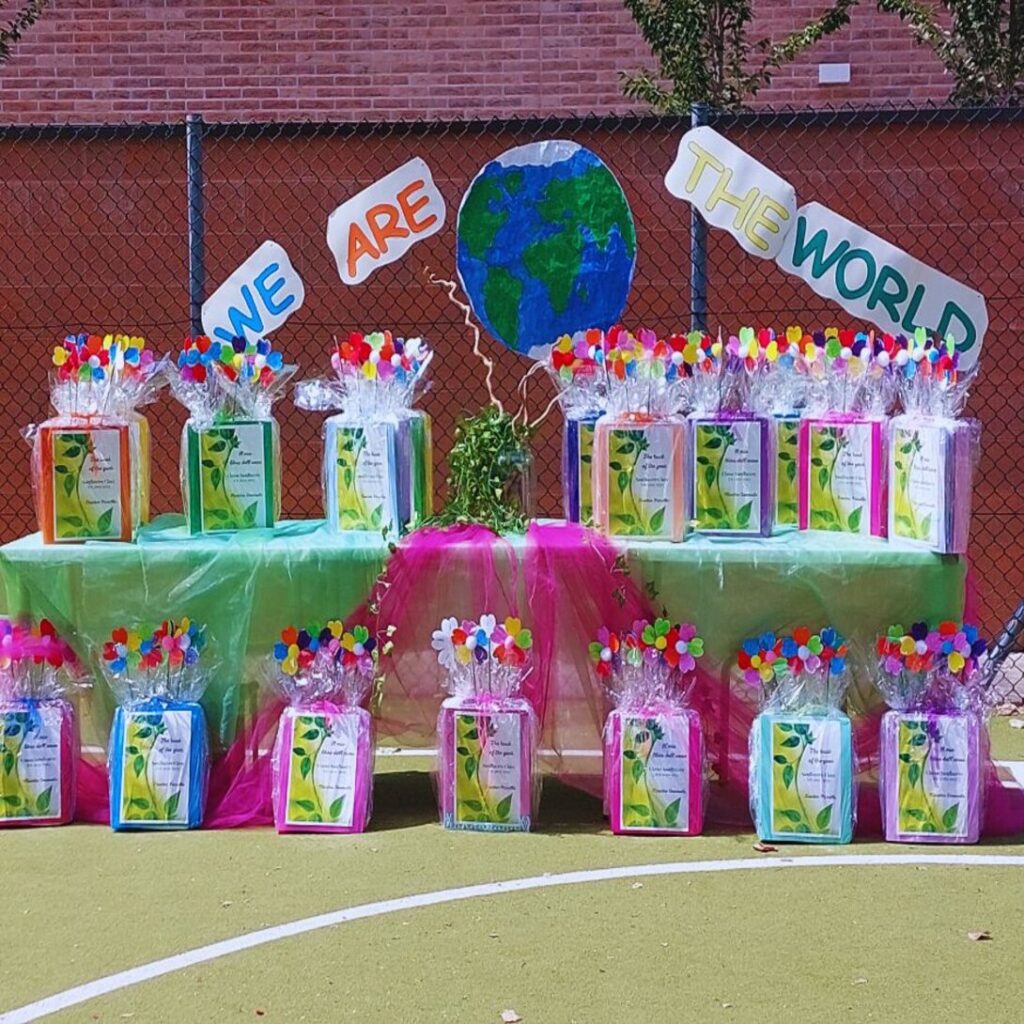
Graduation
It’s been an exciting last few days, filled with a multitude of Graduation ceremonies🧑🎓 As nursery and pre-school children sa...
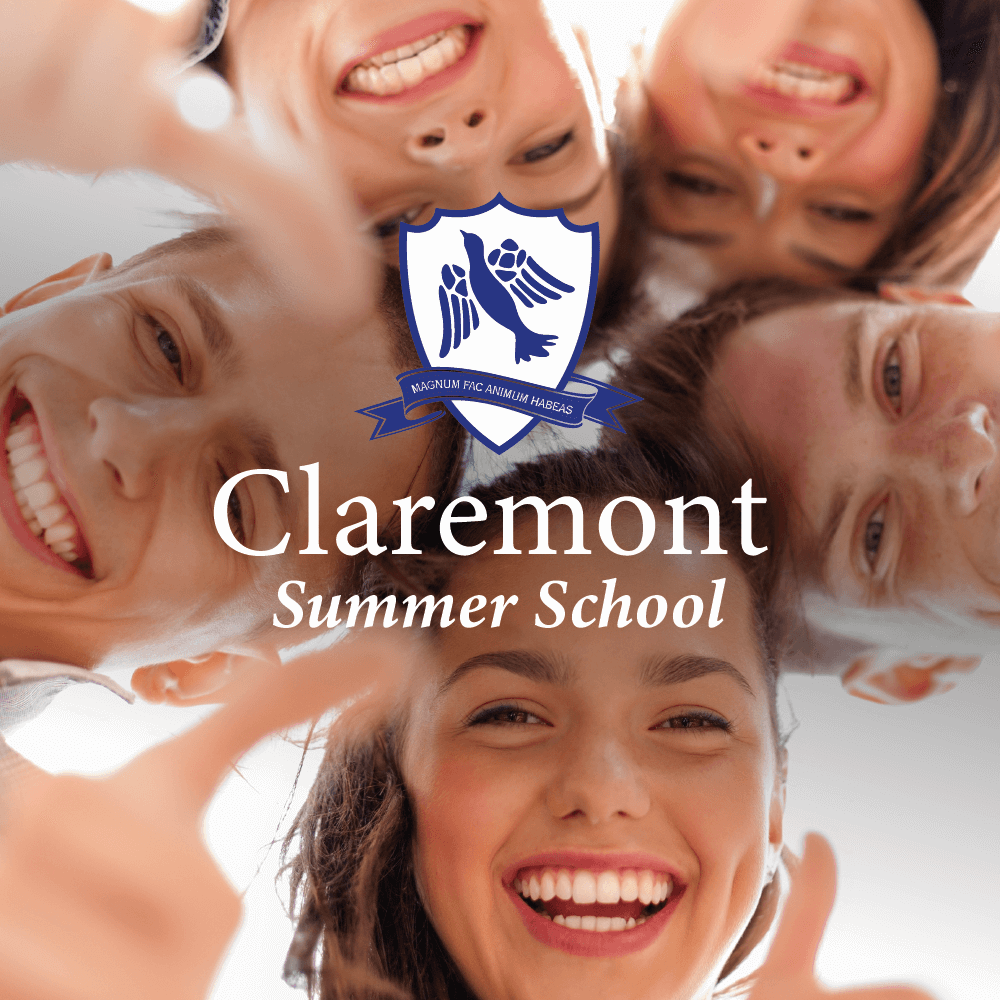
Claremont Summer School
Claremont Summer School "A learning experience of a lifetime" One of the many benefits of being part of International Schools Partnersh...
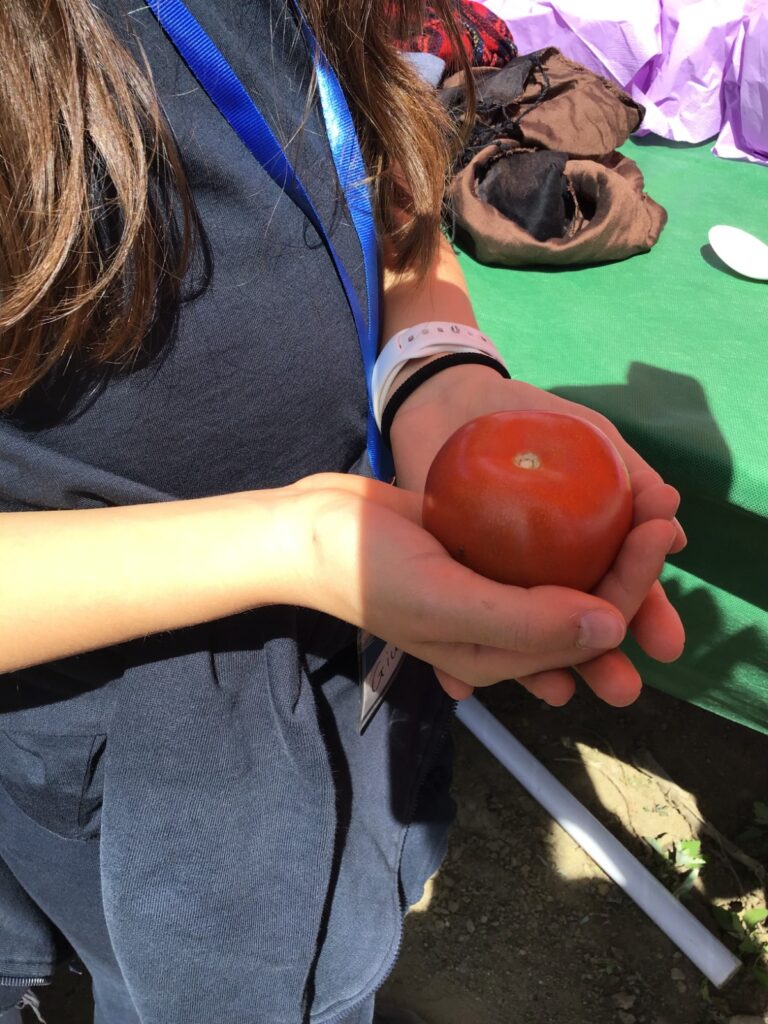
Madre Terra Social Agricultural Cooperative
Civic education As part of our civic education program, we introduced our students to a Madre Terra project in collaboration with the Uca...
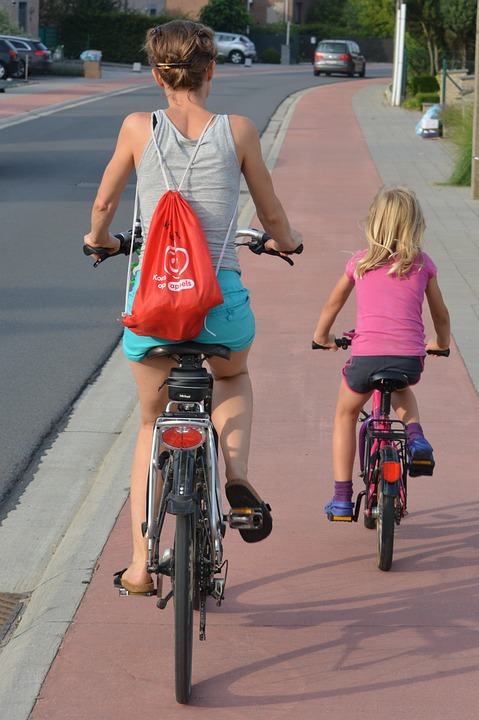
Road Safety Project
We are very proud to announce that our Middle School Principal was invited to the Chamber and the Ministry of Infrastructure and Mobility to...
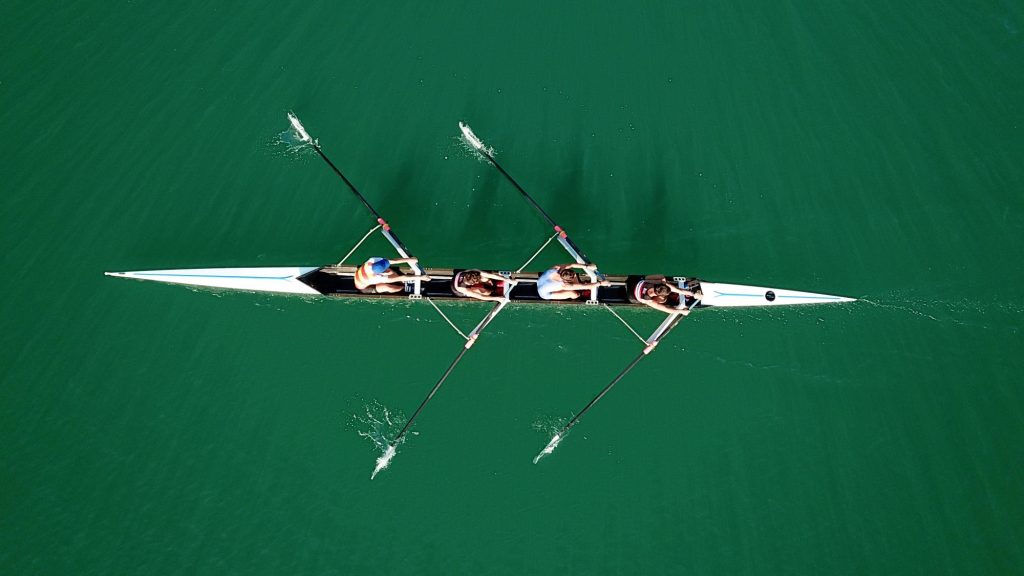
New partnership with Canottieri Milano
We are excited to announce that MILE has established a partnership with Canottieri Milano, one of the oldest and most prestigious sports cl...
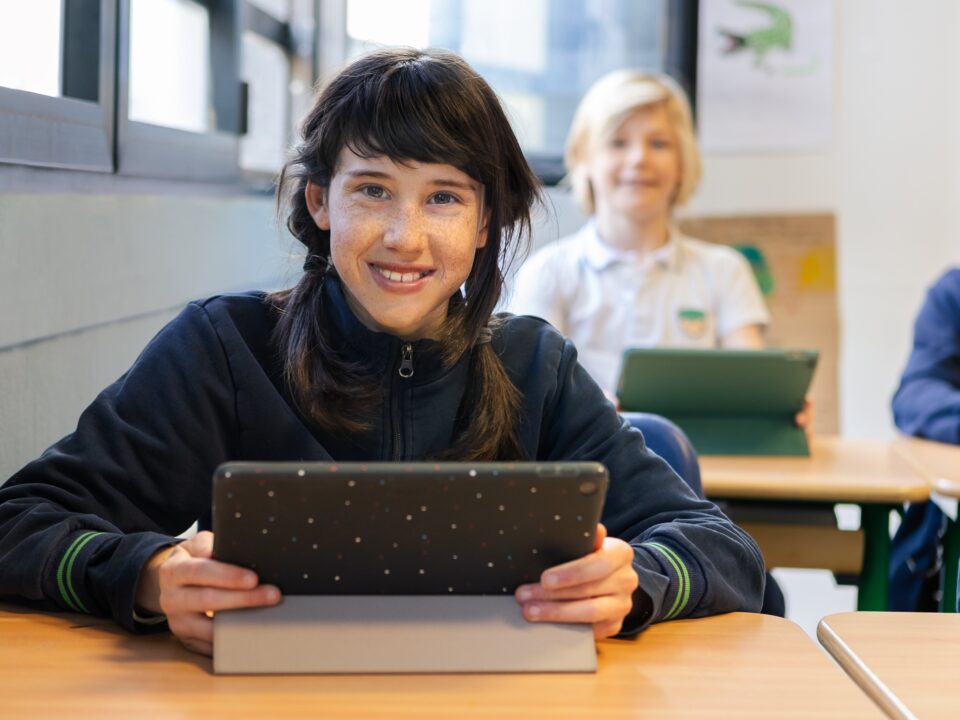
Invalsi Test Results
It is with great joy and pride that we inform you that for the last school year of 2021-2022, MILE Bilingual School can report excellent res...
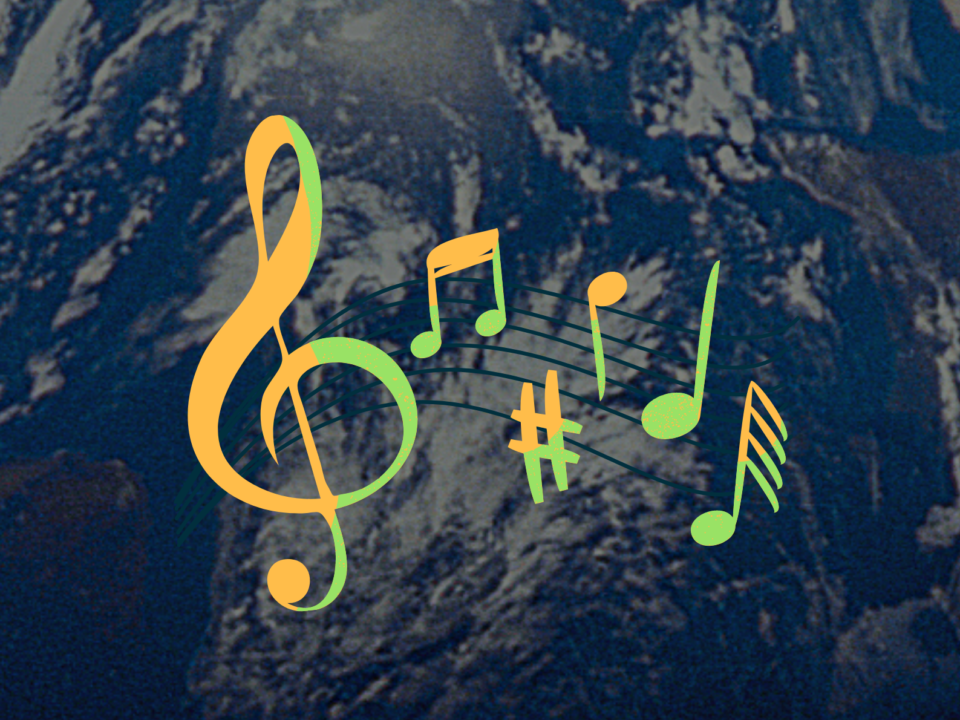
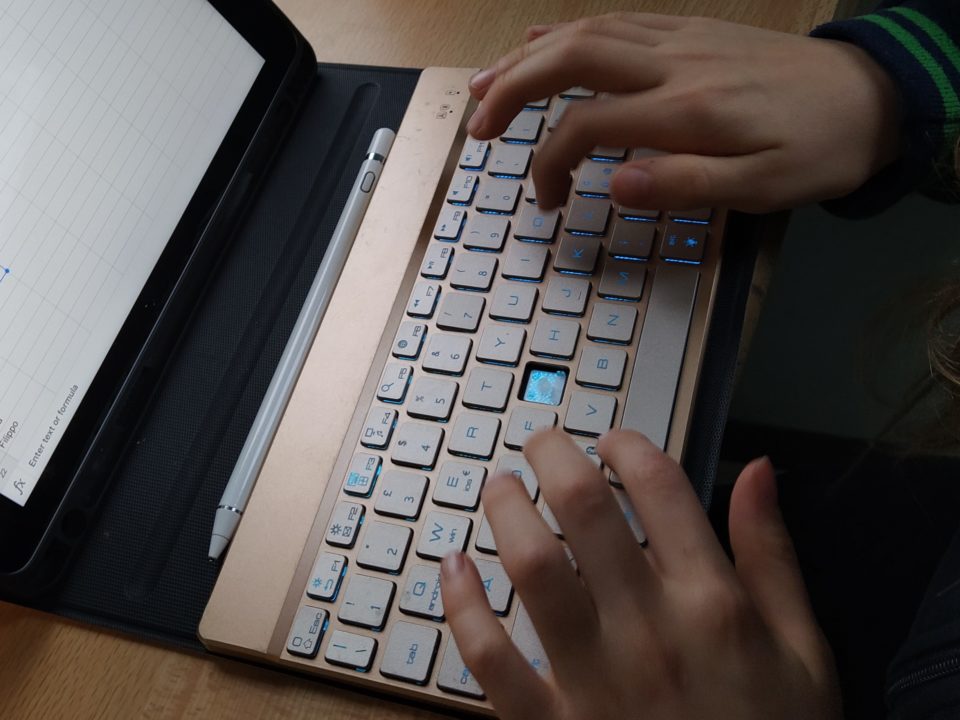
ICT: Data in research
The use of software for the management of spreadsheets makes the management, collection and representation of data much more efficient, and...
Why You Should Choose MILE Bilingual School
- High-quality bilingual education certified by Cambridge
- Recognised by MIUR (Italian Ministry of Education) for Primary and Lower Secondary
- Excellent academic results
- Innovative and holistic approach to education
- Well resourced classrooms and laboratories
- Highly-qualified mother tongue teachers
- A wide range of extra-curricular activities
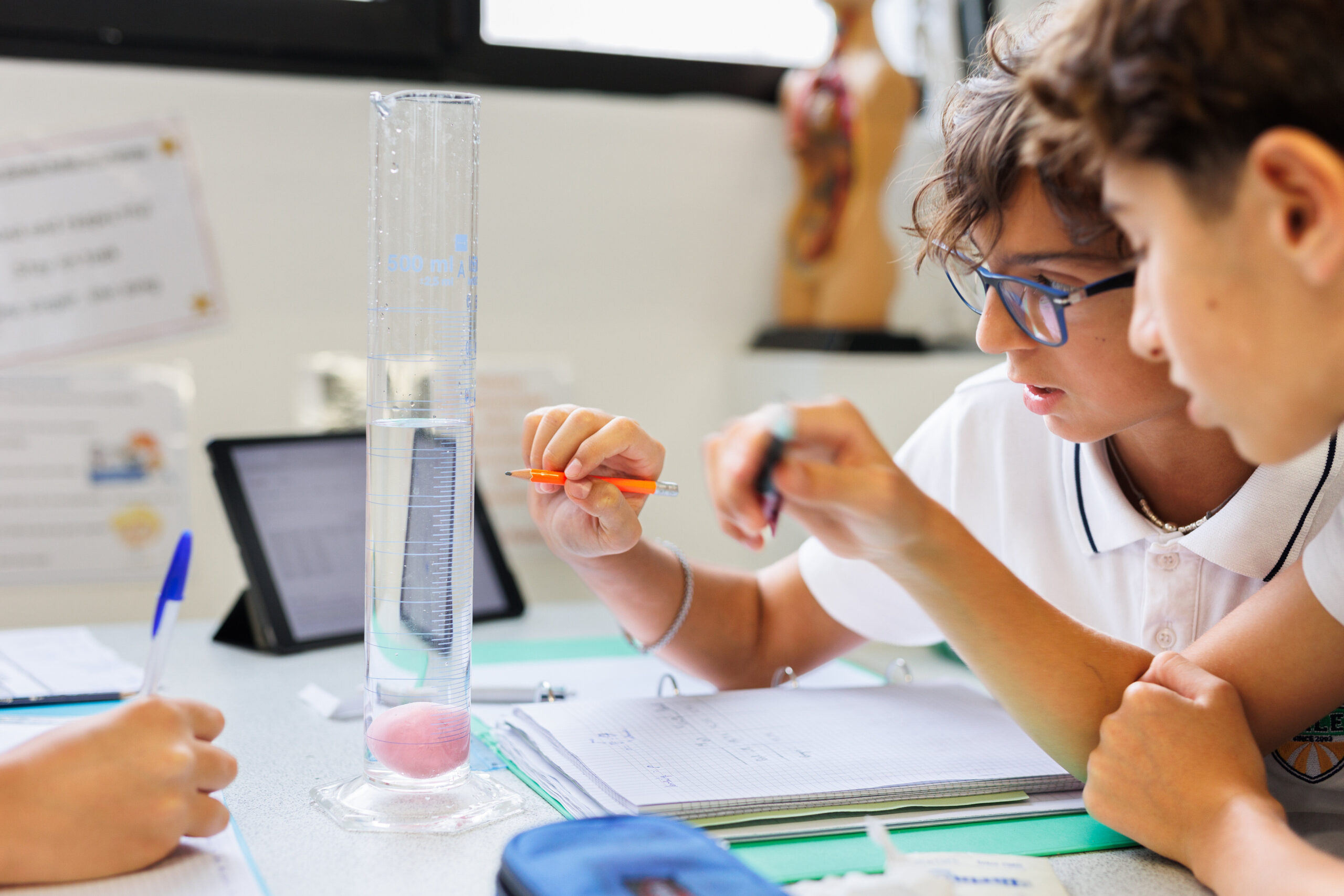
Explore our curriculum
At MILE, we offer a broad bilingual curriculum to enrich our pupils’ learning beyond the classroom, help them cultivate their own interests and talents and develop effective interpersonal skills.
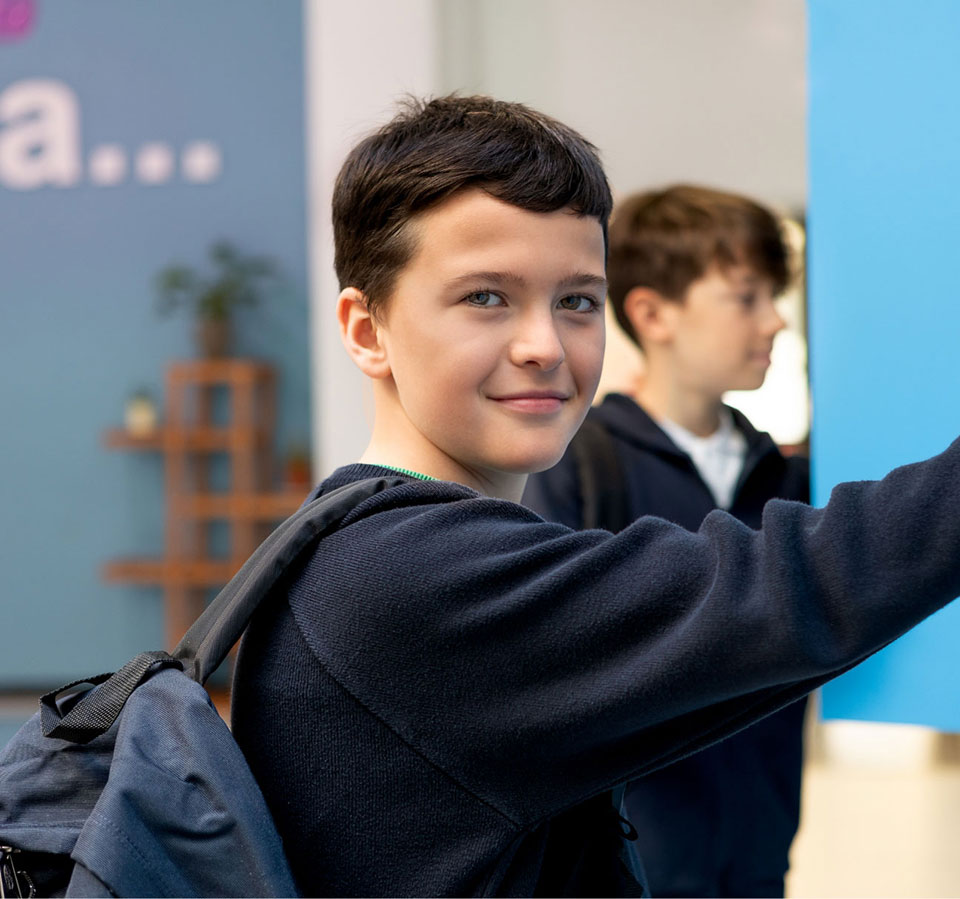
Make an enquiry
We are part of a global group of schools
MILE is part of ISP, a group offering an international education and amazing learning experiences.

International Learning Opportunities
MILE Bilingual School is part of International Schools Partnership (ISP), one of the largest, and growing, educational groups in the world. It is made up of schools that share a common objective – to be the School of Choice in their local area.
Learning is at the heart of everything we do for our students, colleagues and parents. The group currently has 76 schools in 21 countries – the United Kingdom, the United States of America, Canada, Spain, Italy, Switzerland, Poland, Chile, Colombia, Costa Rica, Ecuador, the United Arab Emirates, Qatar, Malaysia, Mexico, and Peru. In total, we have approximately 65,000 students and 10,000 staff located across the globe.
